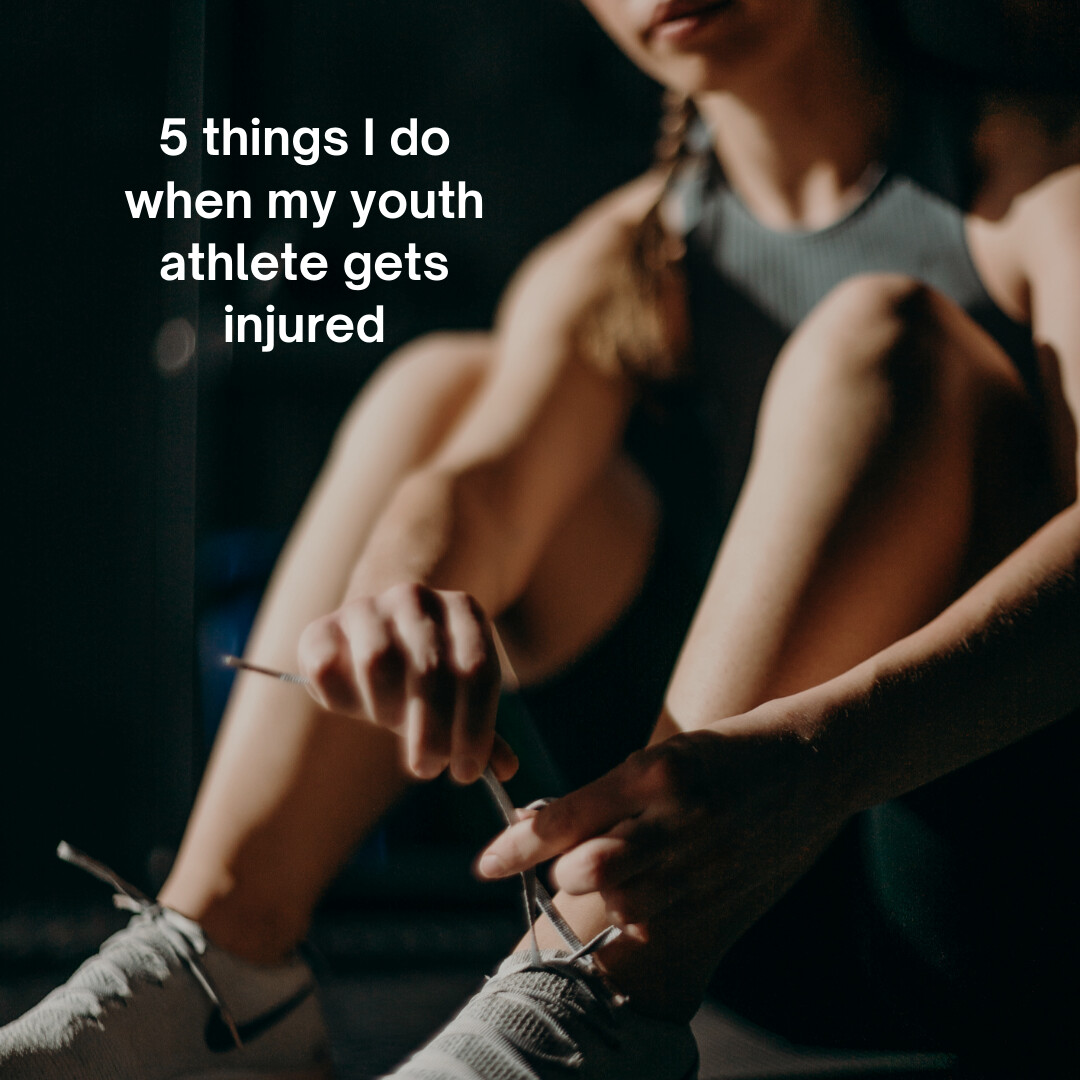
Your child is having fun and you are enjoying watching them do their thing and then it happens… It could be a strain, a sprain, a broken bone, a sore arm but whatever it is, life comes to a screeching halt and it impedes them from continuing their sport for a while.
As a mom, you know your kid better than anyone else! You know their reactions to things. You know if they scream bloody murder at a spider on the wall the same as they do about a splinter. You know if they don’t say a peep about a skinned-up knee or bloody nose until you find the trail of band aids or tissues in the trash. Or maybe you have already explained The Boy Who Cried Wolf story too many times to recount at this point!
After you wipe away the tears and have a minute to assess the situation, I find it helpful to first take a minute to take a couple of deep breaths myself. No need to have your adrenaline on overdrive when your dealing with an injury right?
Some things will obviously need medical attention like broken bones, split open skin, and injuries that present concussion symptoms to name a couple. If that’s the case, get in the car and go directly to the doctor, do not pass go, do not collect 200 dollars and do not worry about your chair.
What I tend to deal with more often than not are repetitive use injuries, simple sprained ankles or bumps and bruises. These can be troublesome in the form of actual pain for the child and the pain moms go through in hearing about the pain or missing practice or how it was someone else’s fault. 😂
I have 5 tips for you when dealing with these kinds of injuries.
- Confirm what they are saying about the injury/pain – repeat it back to them – so they know you are listening, and this may also it may trigger more discussions/descriptions about the pain that could be helpful for you.
- Ask them the question “what do you think I should do for you” this will often give you insight into how they are really feeling. If they say something specific like “I want an icepack” or “I want you to put Ortho Sport on it” that will a good place to start.
- Ask them to perform some simple moves and watch their faces while they do them. For example, if it’s a complaint of shoulder pain, ask them to move it around in different ways and see what their face tells you about their pain level. Unless your family is in a poker club, their face will usually tell you what you need to know.
- Ask them “How is your pain on a scale of 1-10 (1 being everything is wonderful and normal and 10 is we need to go to the hospital now)”. This may not tell you everything you need to know right now, but after you’ve done #2, you can ask this question again and see how it’s changing or if it is at all.
- Take some notes in your bullet journal! It is always helpful to refer back and know when something started, what they said, what happened when the pain started, etc. especially if you end up at the doctor with the issue. This information is gold when it comes to getting back to normal quickly.
Injuries are going to happen, but it’s not the end of the world. Everything is figuroutable! If you’re like me, the phrase “we can’t go to the hospital right now, it’s covid season” has been used too many times to count in the last year! 😂 I have put together a masterclass on some of the ways I take care of my athletes at home in regards to sleep, keeping them healthy, dealing with minor injuries, and more! I explain some simple shifts you can make to implement some of these strategies at your home too! I am not a doctor and I absolutely will go to one when needed but many times, I rely on my gut instinct to try some things at home first and it works well for us.
I have also relied heavily on my bullet journal for keeping track of everything, not just injuries, but schedules, to do lists, meal planning and more. I highly recommend this simple way to keep things organized in one notebook. This is also a great place to keep a list of medicines your athlete takes, or allergies they have or any other important information that you might need to tell a medical professional in the event something serious happens. When that kind of situation arises, it's best to have a sheet of paper you can rip out of your notebook rather than relying on your adrenaline filled brain to remember the details they need.
In the Corralling Life into One Notebook mini course, I teach you how to implement this simple way to manage life the crazy life of a sports mom! Just CLICK HERE to sign up for the course and get started simplifying life into one notebook today!
You got this momma!


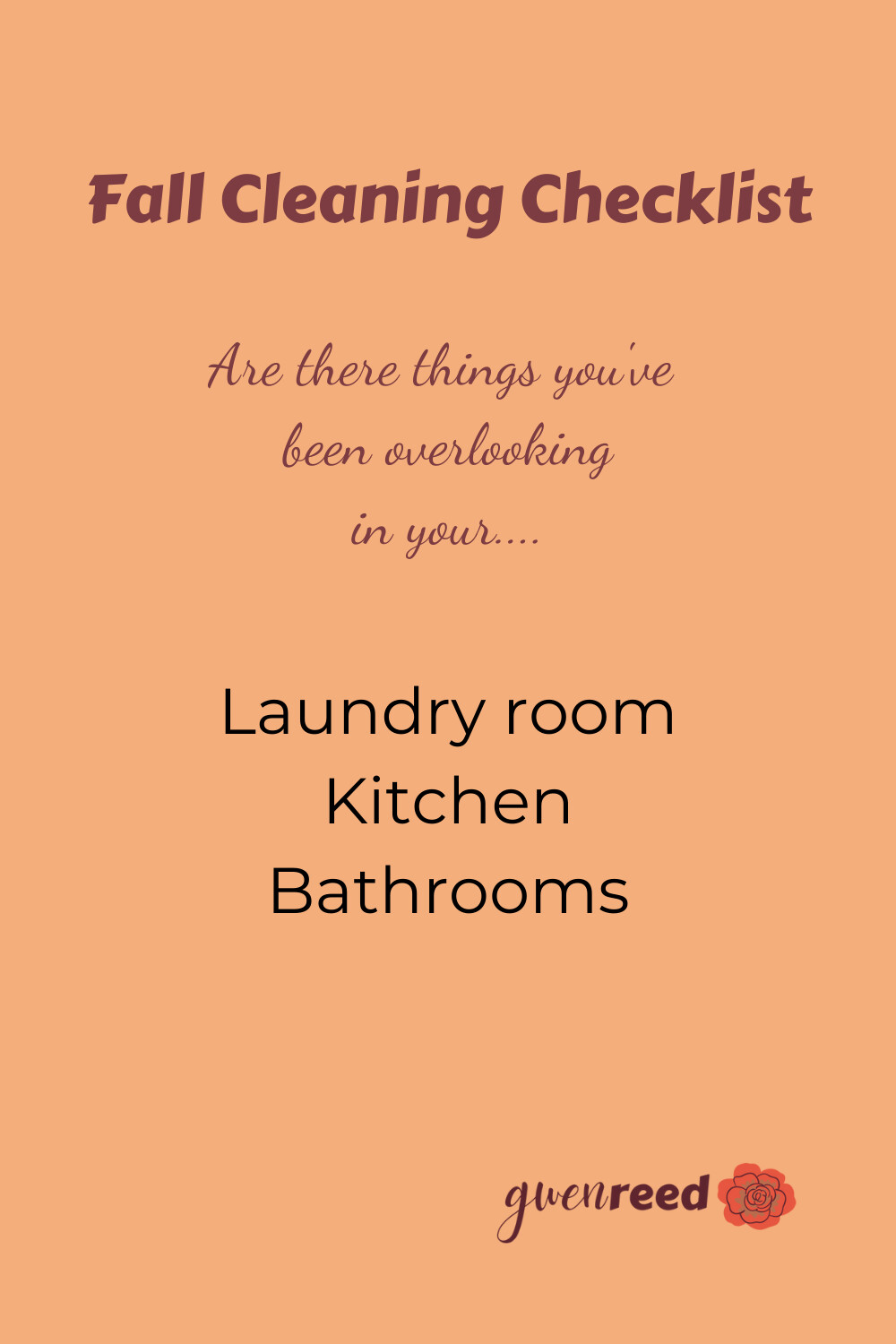
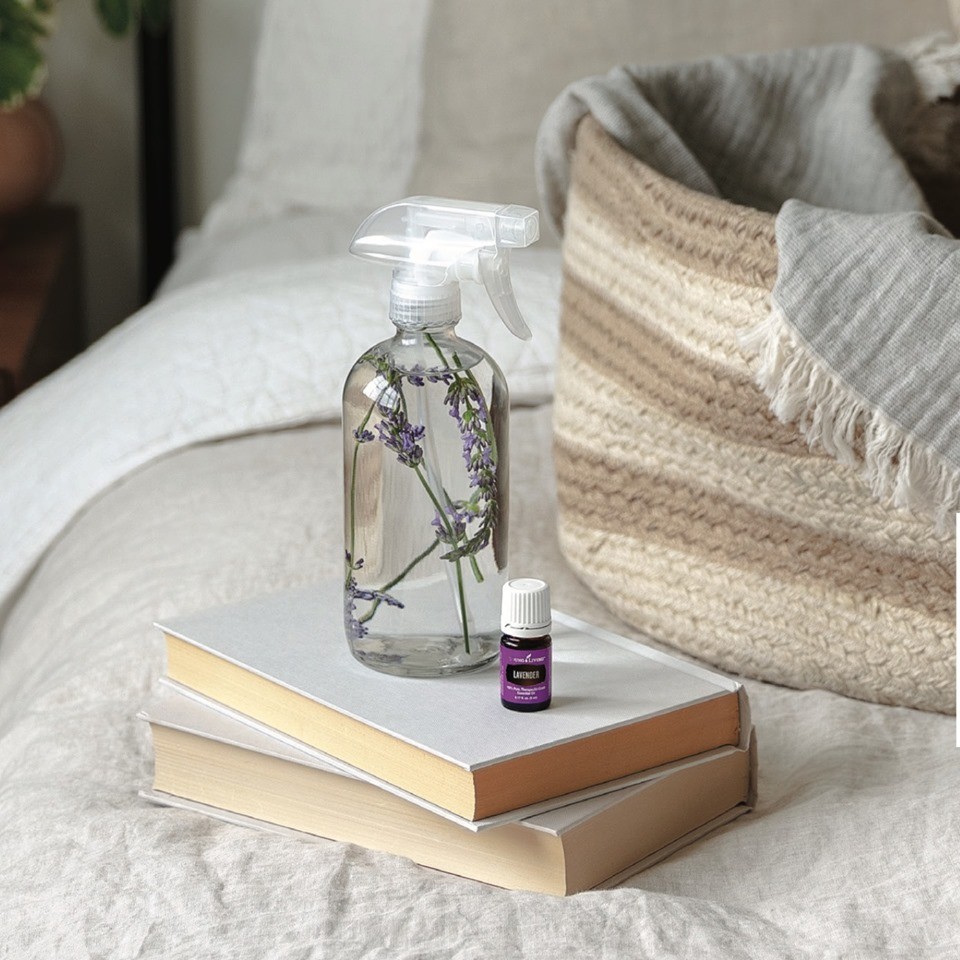

 Welcome to the Secret Sauce Blog where I help modern moms simplify life with tools that make life easier. We have a lot of responsibilities and it can get overwhelming. Keeping the family healthy, organized, actually eat together and tread lightly in the process takes some serious #momskills!
Welcome to the Secret Sauce Blog where I help modern moms simplify life with tools that make life easier. We have a lot of responsibilities and it can get overwhelming. Keeping the family healthy, organized, actually eat together and tread lightly in the process takes some serious #momskills!

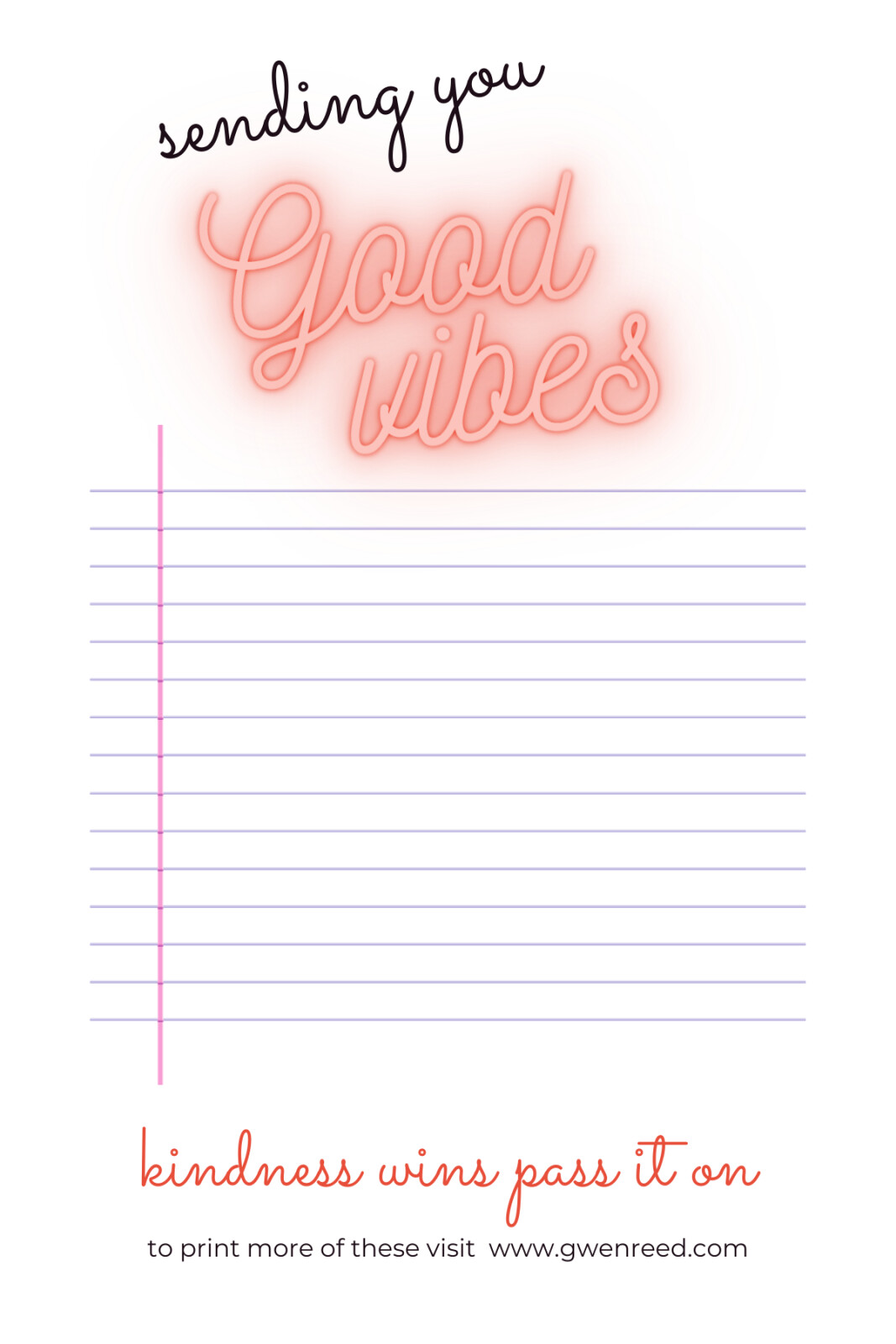


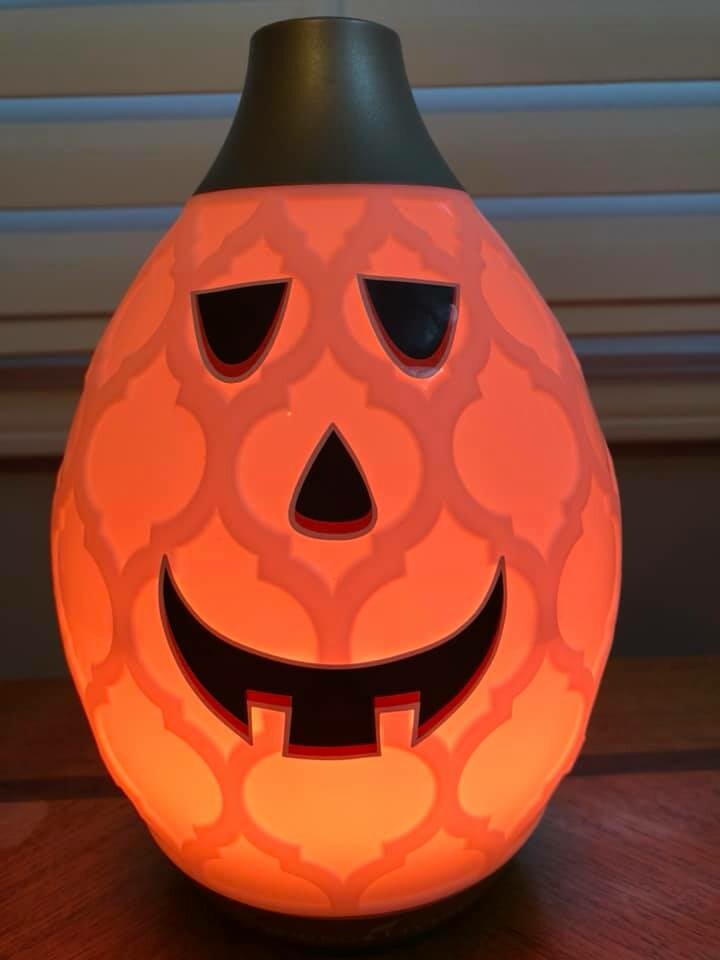


0 Comments